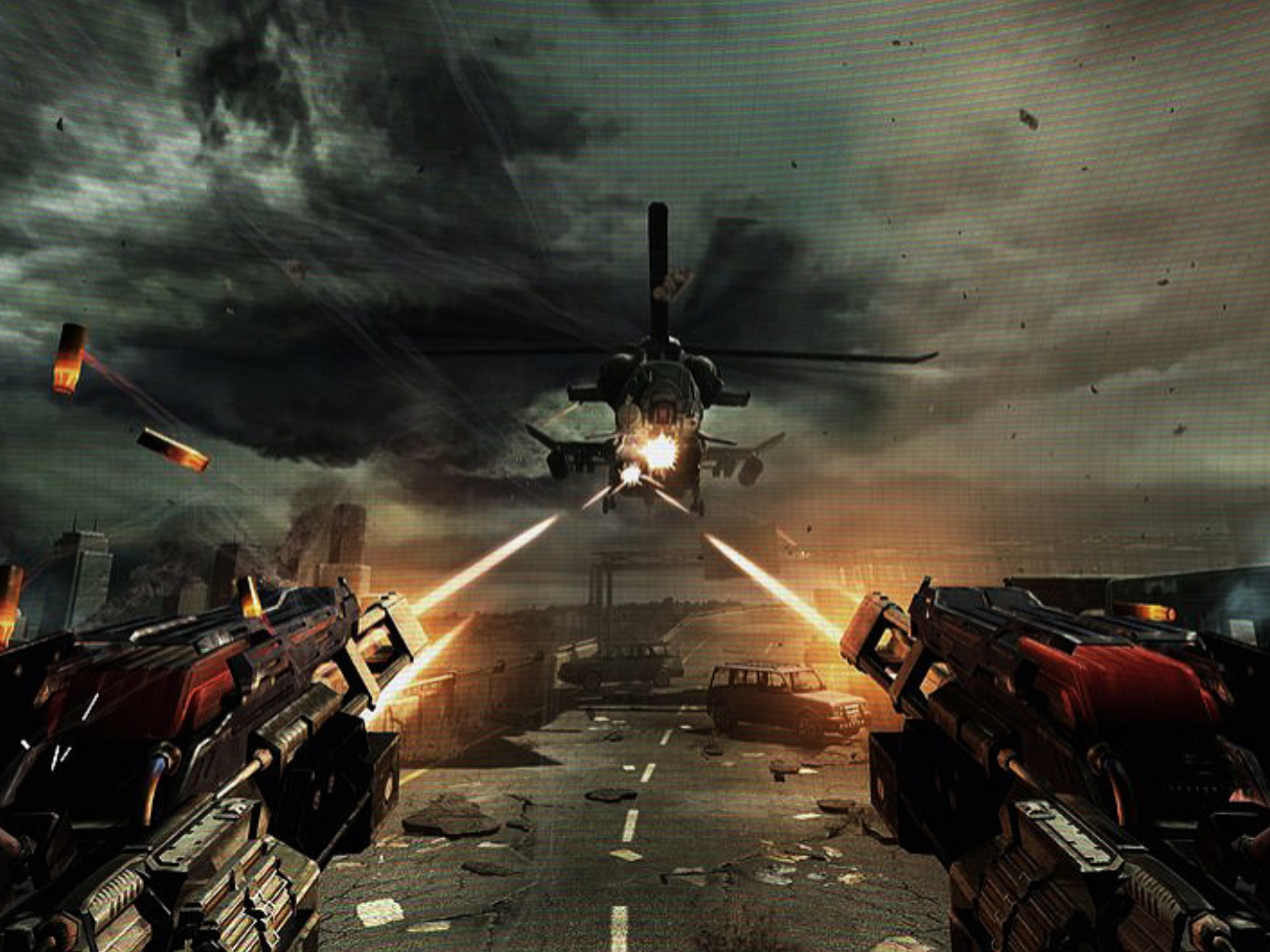Title: The Kitchen Sign Installer Simulator VR: Place Missions Expansion – Where Precision Meets Immersion
Virtual Reality has long promised to transport us to worlds beyond our imagination, but some of its most compelling applications are found not in fantasy realms, but in the hyper-realistic simulation of skilled trades. "Kitchen Sign Installer Simulator VR" carved out a unique niche by focusing on the meticulous, often overlooked craft of commercial signage installation. Its success lay in its satisfying blend of spatial puzzle-solving, physics-based interaction, and the tangible reward of a job well done. Now, the "Place Missions Expansion" elevates this foundation to an entirely new level, transforming a great simulator into a comprehensive and deeply engaging professional experience.
The core game excelled at the "how" – teaching players the mechanics of using tools, reading blueprints, and securing signs to walls. The Place Missions Expansion masterfully introduces the "where," "why," and "what if." This isn't just more levels; it's a paradigm shift that layers strategic planning, client management, and environmental storytelling onto the established physical gameplay.
The Core of the Expansion: Context and Consequence
The expansion’s namesake, "Place Missions," are complex, multi-stage contracts set in a vibrant, open-world-style business district. Instead of a sterile showroom, you operate out of a gritty, personalized van, complete with a cluttered desk for reviewing job files and a large map pinned with potential clients. Each mission begins not in the kitchen, but in your mobile office. You receive a digital work order from a client—be it a frantic startup restaurant owner, a meticulous corporate manager for a hotel chain, or the curator of a high-end art gallery with an attached bistro.
These clients have distinct personalities and demands, communicated through voiced dialogue and detailed emails. One might insist on absolute minimalist visibility for their sleek, modern logo, while another demands a garish, neon-lit sign be the building's crown jewel. This narrative layer adds immense weight to your actions. You're no longer just placing a sign; you are fulfilling a vision, appeasing a client, and building the reputation of your one-person installation company.
The Gameplay Loop: From Blueprint to Final Inspection
A typical Place Mission unfolds in three demanding phases:
1. The Survey and Quote: Upon arriving at the location—a bustling restaurant mid-prep, a deserted hotel ballroom, or a construction site—you must first conduct a survey. Using a tablet, you take photos of the proposed installation site, noting obstacles like electrical conduits, uneven surfaces, or fragile tiles. You measure the space meticulously with your laser measure, ensuring the sign's dimensions are perfect. Based on this intel, you must then submit a quote to the client. Underquote, and you lose money on the job. Overquote, and the client might reject it, damaging your reputation. This phase brilliantly teaches risk assessment and cost calculation.
2. The Strategic Installation: This is where the expansion truly shines. The environment is no longer a static backdrop; it's a dynamic playspace of challenges. You might have to coordinate with a fictional kitchen staff, waiting for a clear path to avoid disrupting service. A mission in a historic building forbids you from drilling into the original brickwork, forcing you to devise ingenious alternative mounting solutions. Another job might have a strict time limit, creating a tense race against the clock as you struggle to align a heavy sign perfectly while the seconds tick down. The physics engine, already stellar, is pushed to its limits with new materials like delicate backlit acrylic and heavy wrought iron.
3. The Final Walkthrough and Client Feedback: Once the last screw is tightened and the wiring is neatly tucked away, you must present your work. The client will physically walk around the installation, inspecting it from all angles. They will comment on the alignment, the cleanliness of the wiring, and the overall aesthetic impact. A perfectly executed job results in a glowing review, a full payment bonus, and a referral for a new, more prestigious contract. A sloppy job with visible wires or a crooked sign leads to a scathing review, withheld payment, and a stain on your company's profile.

New Tools and Customization
To tackle these new challenges, the expansion introduces a suite of professional-grade tools. A stud finder becomes essential for drywall installations. A more powerful cordless drill helps with tougher materials. Cable management kits, including conduits and raceways, are necessary for jobs where aesthetics are paramount. Furthermore, the van becomes a customizable hub. Players can invest earnings into upgrading their vehicle, tool storage, and even purchasing a drone for preliminary site surveys, adding a satisfying meta-progression layer.
Tags:
The "Place Missions Expansion" for Kitchen Sign Installer Simulator VR is a testament to the potential of vocational simulators. It proves that the devil is in the details, and by embracing those details—the client interactions, the financial pressures, the environmental constraints—it creates an unparalleled sense of authenticity and purpose. It’s no longer just a game about putting signs on walls; it’s a game about being a professional, making tough decisions, and leaving a visible mark on a digital world. It sets a new gold standard for what a simulation expansion can and should be.


















